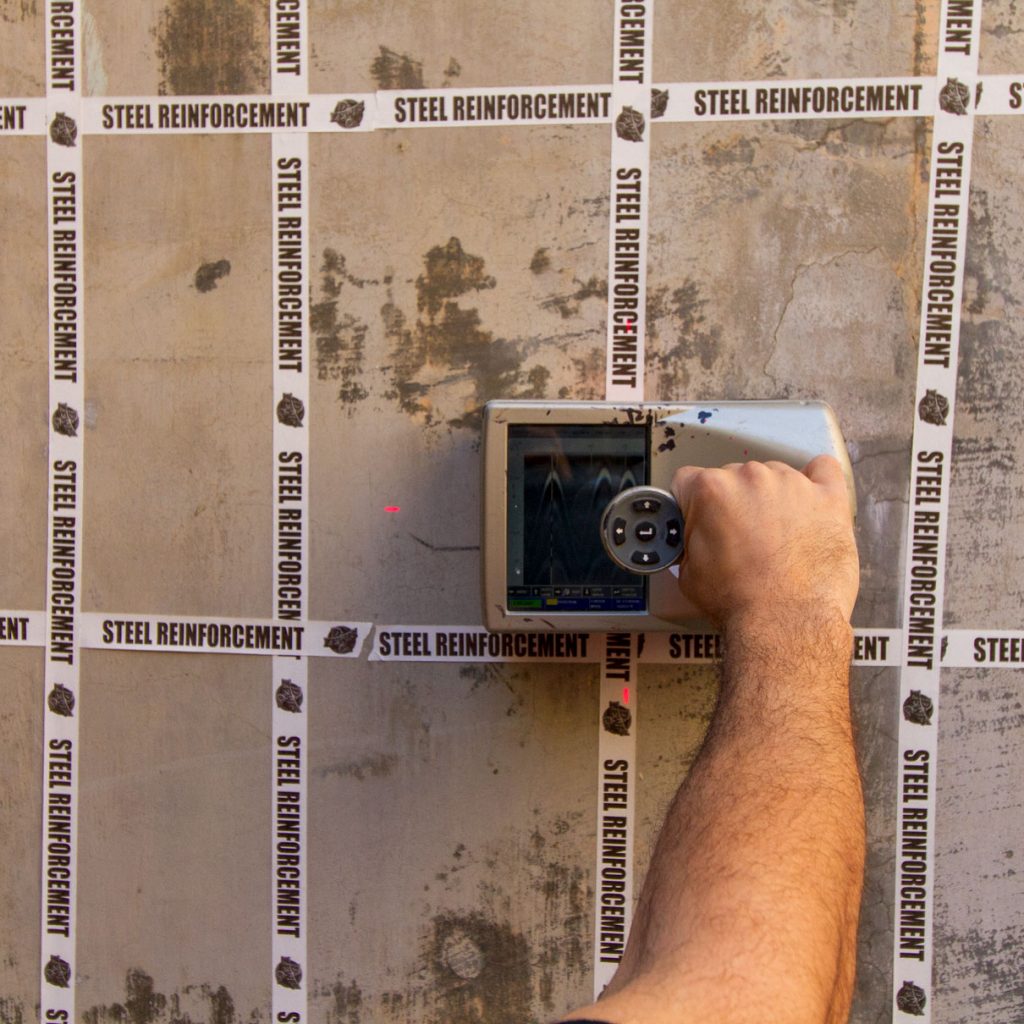Comprehensive Overview to Concrete Scanning Technologies
Comprehensive Overview to Concrete Scanning Technologies
Blog Article
Introduce the Transformative Power of Concrete Scanning in Making Best Use Of Effectiveness and Safety
Concrete scanning has actually arised as a vital device in the construction industry, using unparalleled benefits in improving project performance and ensuring security criteria. The transformative power of concrete scanning exists in its capability to provide real-time information and in-depth insights, changing exactly how tasks are intended and implemented.
Importance of Concrete Scanning
Ensuring the structural integrity and security of building and construction jobs starts with the vital step of carrying out comprehensive concrete scanning. Concrete scanning is a non-destructive approach utilized to spot and map subsurface components within concrete structures.
In addition, concrete scanning aids in enhancing task timelines and spending plan by avoiding unforeseen expenses and delays that may occur due to unanticipated obstructions within the concrete. Ultimately, investing in complete concrete scanning is an aggressive technique that boosts both effectiveness and safety in building projects.
How Concrete Scanning Functions
Concrete scanning operates as a critical device in building projects by utilizing sophisticated innovations to discover and map subsurface elements without causing structural damages. Ground Passing Through Radar (GPR) and Electromagnetic Induction (EMI) are two primary methods utilized in concrete scanning. GPR jobs by emitting high-frequency radar pulses right into the surface area, which recuperate when they experience subsurface things or gaps. The time considered the signal to return suggests the depth and area of the things. EMI, on the various other hand, uses electro-magnetic areas to determine differences in product structures, such as identifying rebar or avenues within concrete frameworks.
Throughout the scanning procedure, the information gathered is analyzed in real-time, enabling prompt recognition of prospective threats or challenges under the surface. This details aids in decision-making, ensuring that building tasks proceed securely and successfully. In addition, 3D imaging software application can be used to develop topographic maps of the subsurface elements, further boosting task planning and implementation. By employing these advanced technologies, concrete scanning substantially minimizes the danger of costly damages and injuries on building and construction websites.
Benefits of Concrete Scanning
One of the main benefits of concrete scanning is the capacity to identify and situate ingrained objects such as rebar, post-tension wires, and channels precisely. Concrete scanning helps in preparation and creating much more properly, as it offers specific details regarding the area and depth of architectural components.

Study: Concrete Scanning Success

In one more instance, a construction business utilized 3D concrete scanning to examine the problem of aging concrete frameworks in a historic building. The thorough scans provided useful understandings right into the extent of degeneration and aided focus on maintenance efforts effectively. By proactively resolving locations of problem determined through scanning, anonymous the firm had the ability to extend the life expectancy of the framework and make certain occupant security.
These study underscore the transformative power of concrete scanning in enhancing efficiency, accuracy, and safety and security in building jobs.
Carrying Out Concrete Scanning in Projects
Applying innovative scanning modern technologies throughout building and construction tasks has actually come to be significantly important for improving accuracy and safety. By integrating concrete scanning right into task preparation and implementation, building groups can determine prospective dangers, such as rebar or post-tension cable televisions, hidden within concrete frameworks. This aggressive strategy lessens the danger of mishaps, delays, and pricey rework, eventually causing a lot more effective project timelines and budgets.
To apply concrete scanning effectively, project supervisors must collaborate closely with seasoned scanning specialists to figure out the most ideal scanning methods for the specific task needs. Involving scanning experts from the onset of a project makes it possible for the group to produce comprehensive scanning strategies that attend to vital locations of concern and ensure comprehensive information collection.
In addition, incorporating concrete scanning into regular job workflows can simplify decision-making processes, as real-time check data gives instant insights right into the problem of concrete structures - Concrete Scanning. This data-driven technique helps with educated problem-solving and allows groups to make modifications promptly, fostering a culture of efficiency and safety and security throughout the job lifecycle

Final Thought
In final thought, concrete scanning plays an important function in enhancing performance and security in building and construction jobs. By like this making use of sophisticated technology to detect and map out underlying frameworks within concrete, this procedure helps to avoid pricey mistakes, make sure structural honesty, and decrease risks on site. With the capability to reveal covert aspects and offer exact data, concrete scanning shows to be a valuable tool for maximizing task results and maximizing overall success.
Concrete scanning is a non-destructive method utilized to find and map subsurface elements within concrete structures. Furthermore, concrete scanning aids in optimizing job timelines and spending plan by avoiding unforeseen prices and delays that may occur due to unforeseen obstructions within the concrete. One noteworthy situation study includes a massive restoration task where concrete scanning played an essential function in guaranteeing job success.In one more case, a construction firm utilized 3D concrete scanning to analyze the problem of maturing concrete structures in a historical structure. By integrating concrete scanning right into task planning and execution, construction groups can determine potential risks, such as rebar or post-tension cables, concealed within concrete explanation frameworks.
Report this page